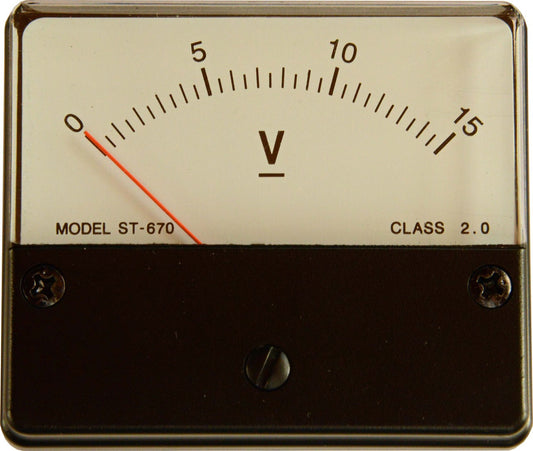Double edged swords
by Paul McGowan
NAS as storage devices sound pretty perfect from several standpoints, chief among them is isolation. They are not physically attached to a computer, like an external USB drive. Instead, they are isolated by the network cables or WIFI signals that connect them to computers sharing their services. This is a good thing because, as we know, physically connecting drives adds problems to sound. Power supply noises and ground issues are not benign to sound.
NAS have other advantages. Because they have computers built in, they need nothing more to connect to DACs in the right circumstances. For example, in our ecosystem, you can use the network Bridge to connect a NAS over the home network without another computer in the mix. In other manufacturer's implementations this can also be accomplished with or without another computer.
But NAS are not the be all to end all that we might think. They have "issues" - issues that, like so many things in technology are both strengths and weakness. Let's start with the first of those double edged swords, a 4-letter acronym of your choice: DLNA and/or UPnP.
NAS use a type of discovery protocol known as DLNA (Digital Living Network Alliance) or UPnP (Universal Plug and Play - though sometimes Play is comically substituted with the word Pray). This complex system is how most NAS announce their presence on the network, as well as find other like minded machines. We'll look to see what this means tomorrow.
- Choosing a selection results in a full page refresh.
- Opens in a new window.








